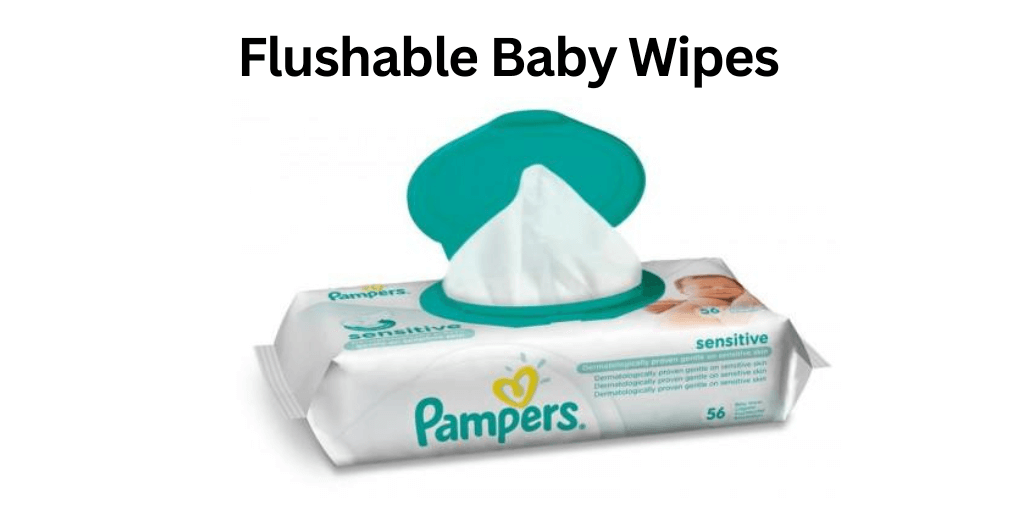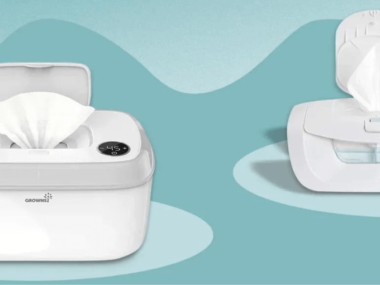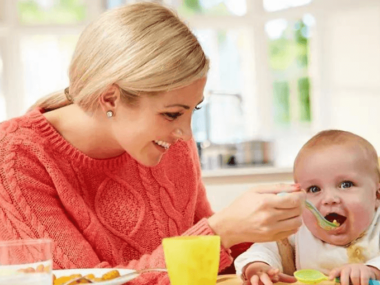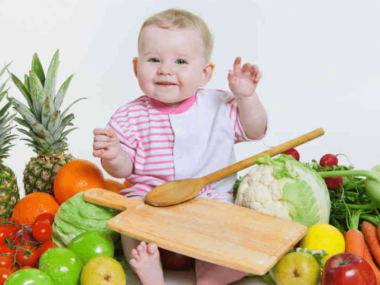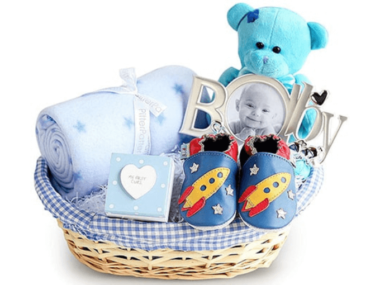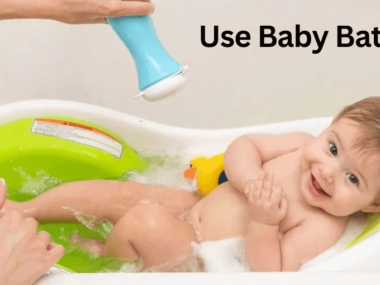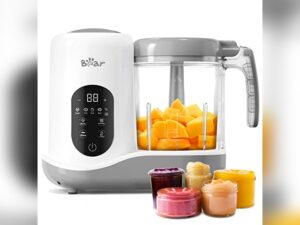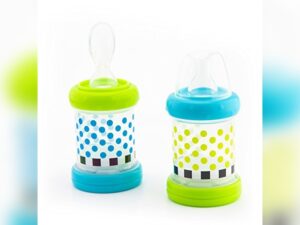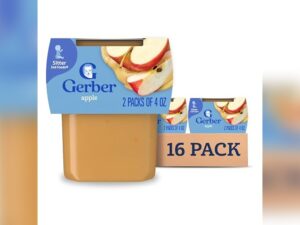Table of Contents Show
Flushable baby wipes have become an essential product for parents seeking convenience and hygiene in their diaper changing routine. Designed specifically for babies, these wipes offer a gentle and effective way to clean your little one’s delicate skin.

Unlike traditional wipes, flushable baby wipes are designed to be safely disposed of by flushing down the toilet, making them a convenient and eco-friendly choice for parents. With their soft and gentle texture, these wipes ensure a mess-free and comfortable experience for both caregiver and baby.
Whether you are at home or on-the-go, flushable baby wipes provide a convenient solution for maintaining cleanliness and hygienic diaper changes.
Discover the benefits of using flushable baby wipes and how they can make your parenting journey more hassle-free and eco-conscious.
Benefits of Flushable Baby Wipes
Flushable baby wipes offer several benefits for parents and caregivers, including:
- Convenience: Flushable baby wipes are very convenient to use, especially when you are on the go or in locations where traditional wipes may not be readily available. They can be easily discarded in the toilet, eliminating the need to carry around a separate bag for used wipes.
- Hygiene: Flushable baby wipes provide a thorough cleaning and help keep your baby clean and fresh. They are designed to be gentle on sensitive skin and are often infused with moisturizing ingredients to prevent dryness and irritation.
- Environmentally friendly: Flushable baby wipes are specifically designed to break down in water and are made from biodegradable materials. While traditional baby wipes contribute to landfill waste, flushable wipes are a more eco-friendly option as they can be safely flushed down the toilet, reducing environmental impact.
- Versatility: Flushable baby wipes can be used for more than just cleaning your baby’s bottom. They can also be used for wiping hands and faces, cleaning surfaces, and even refreshing yourself after diaper changes.
- Reduced risk of clogged plumbing: Flushable wipes are designed to disintegrate easily when flushed, reducing the risk of clogging pipes and sewage systems compared to regular wipes. However, it’s important to note that not all wipes labeled as “flushable” are safe to flush, so it’s always advisable to follow the instructions on the packaging.
- Peace of mind: Using flushable baby wipes can give parents and caregivers peace of mind, knowing that they are using a product specifically designed for flushing that ensures proper disposal and hygiene.
Environmental Impact
While flushable baby wipes may have some benefits, it’s important to consider the environmental impact associated with using them. Here are some things to think about:
Misleading labeling
The term “flushable” can be misleading. While these wipes are designed to break down in water, they may still take longer to disintegrate compared to toilet paper.
This can lead to clogs and other issues in plumbing systems and sewage treatment plants.
Sewage system and ocean pollution
Even though flushable wipes are designed to break down, they can still contribute to clogs and blockages in sewage systems. These blockages can result in costly repairs and maintenance for municipalities.
Additionally, when wipes make their way into oceans and water bodies, they can cause harm to marine life and contribute to water pollution.
Manufacturing process
The production of flushable wipes requires resources such as water, energy, and raw materials.
The use of these resources can contribute to environmental degradation, including water and air pollution, deforestation, and greenhouse gas emissions.
Landfill waste
While flushable wipes are intended to be biodegradable, they may not break down as quickly in landfill conditions as they would in water.
This means that if not properly flushed, they can still contribute to landfill waste and take longer to decompose compared to other biodegradable materials.
Safe Flushing Practices
To practice safe flushing with flushable baby wipes, consider the following guidelines:
- Read the packaging: Pay close attention to the label on the flushable wipes. Look for clear instructions indicating that the wipes are safe to flush. Some wipes may be labeled as “flushable,” while others may be labeled as “septic-safe” or “dissolves in water.”
- Use as directed: Follow the recommended usage instructions provided on the packaging. Avoid using excessive amounts of wipes at once, as this can increase the risk of clogs or blockages.
- Limit what you flush: Only flush flushable wipes, toilet paper, and human waste down the toilet. Do not flush non-flushable items like regular baby wipes, facial tissues, feminine hygiene products, or any other materials, as they can cause plumbing issues.
- Flush one wipe at a time: To prevent clogs or blockages, flush only one flushable wipe at a time. Flushing multiple wipes simultaneously increases the risk of them not fully breaking down and causing obstructions in the plumbing system.
- Give it time: Allow the flushable wipe to fully disintegrate before flushing again. This can help ensure that the wipes break down properly and do not accumulate in the plumbing system.
- Maintain your plumbing system: Regularly maintain your plumbing system, such as by scheduling professional inspections and taking preventive measures to prevent clogs or blockages. This can help reduce the risk of any issues associated with flushing flushable wipes.
Comparing Flushable and Non-flushable Baby Wipes
Flushable baby wipes and non-flushable baby wipes serve similar purposes, but there are a few key differences between them. When contrasting the two, keep the following in mind:
- Composition: Flushable baby wipes are usually made from a combination of synthetic and natural fibers that are designed to break down and disintegrate when flushed. Non-flushable wipes, on the other hand, are typically made from synthetic materials and do not break down as easily.
- Disposal: Flushable wipes can be conveniently flushed down the toilet, eliminating the need for separate disposal methods. Non-flushable wipes, however, must be disposed of in a waste bin. Flushing non-flushable wipes can clog plumbing systems and contribute to sewer blockages.
- Environmental impact: Despite being labeled as “flushable,” there is some controversy surrounding the environmental impact of flushable wipes. Although they may break down in the sewer system, they can still contribute to pollution and blockages. Non-flushable wipes, on the other hand, are generally considered less environmentally friendly due to their synthetic composition.
- Convenience: Flushable baby wipes offer the convenience of being able to flush them, which can be especially beneficial when changing diapers on the go or in public facilities. Non-flushable wipes require disposal in a waste bin, which may not always be readily available.
- Cost: Non-flushable baby wipes tend to be less expensive than flushable wipes, as the latter often have additional manufacturing processes to make them break down when flushed.
Tips for Easy Disposal
Here are some tips for easy and proper disposal of non-flushable baby wipes:
Use a designated waste bin
Keep a designated waste bin specifically for disposing of used baby wipes. This can be a small trash can in the bathroom or a sealable wet bag that can be emptied into a larger trash can.
Secure the waste bin
Make sure that the waste bin is securely covered to prevent any odors or pests from escaping.
Double-bag if needed
If you’re concerned about odors or leakage, consider double-bagging the used wipes by placing them in a plastic bag before placing them in the waste bin.
Seal the waste bag before disposal
When the waste bag is full, tie it tightly or seal it to prevent any spills or leaks before disposing of it in an outdoor trash can.
Follow local guidelines
Check with your local waste management guidelines for specific instructions on how to dispose of non-flushable items, including baby wipes. Some areas may have specific rules or requirements for proper disposal.
Conclusion
Flushable baby wipes can be a convenient option for parents looking for a convenient and effective way to clean their baby’s delicate skin.
These wipes are designed to dissolve in water, making them safe to flush down the toilet without risking clogs or damage to plumbing systems.
Non-flushable wipes require separate disposal in a waste bin but are generally considered to be less harmful to plumbing systems. Experts generally recommend avoiding the use of flushable wipes due to the potential damage they can cause.
Using plain water and gentle soap with a soft cloth or washcloth is often recommended as the best option for baby hygiene, as it eliminates the need for wipes altogether and minimizes environmental and plumbing hazards.
However, it is important for users to ensure that they are using wipes that are truly flushable and have been tested and approved by industry standards.
Additionally, it is always a good idea to read and follow the manufacturer’s instructions to ensure proper usage.
By using flushable baby wipes responsibly, parents can maintain cleanliness and convenience without compromising the functionality of their plumbing system.
Cathy Ryan
The creative force behind Baby Nurturers - is a passionate advocate for all things baby. With years of experience in the parenting industry, Cathy is dedicated to providing valuable insights, tips, and resources to support parents in nurturing and caring for their little ones.
